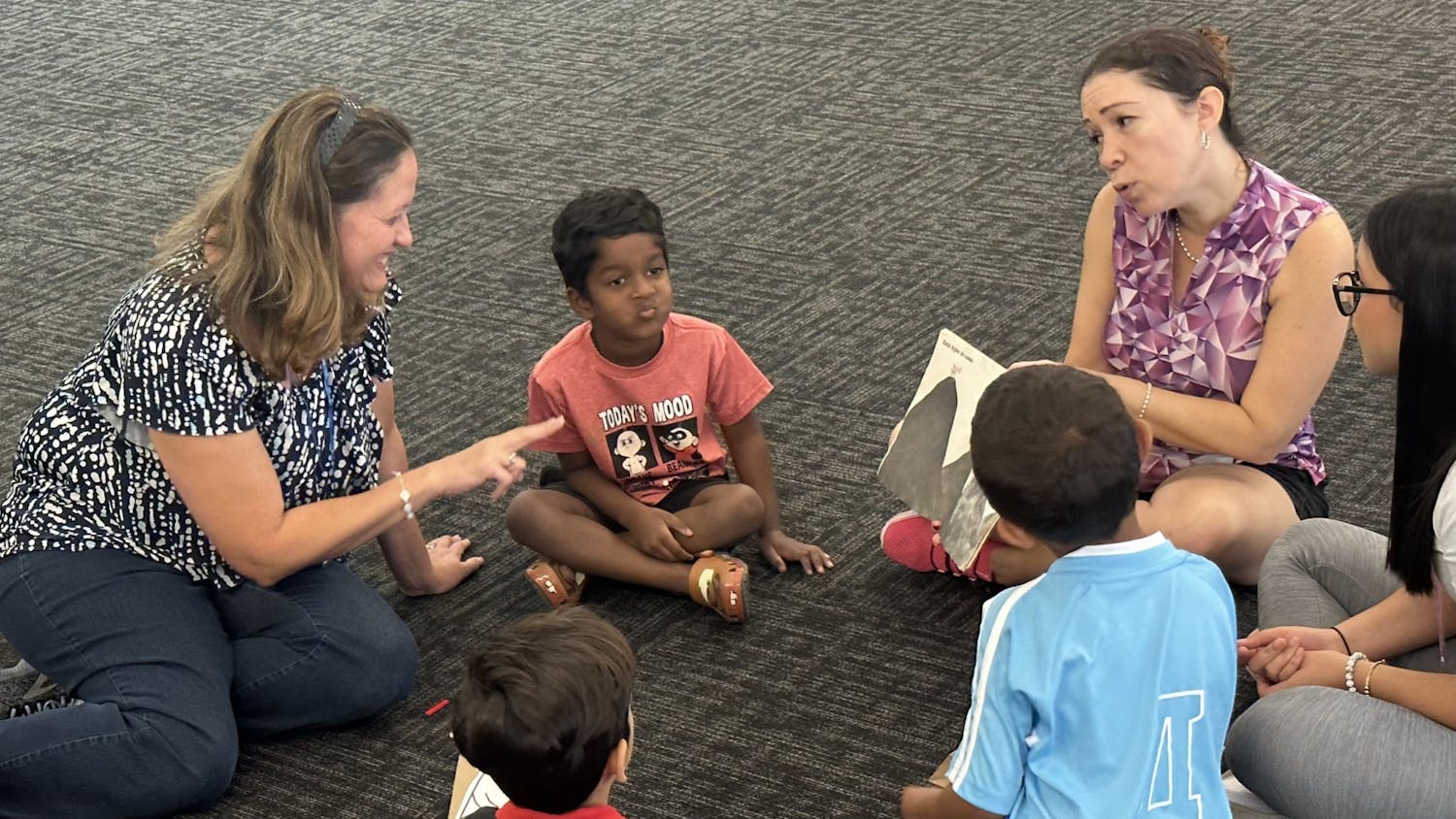Reading hundreds of cookbooks and recipes has convinced us that these books form a distinct genre, a storytelling genre, governed by conventions and codes.
Once identifying and recognizing these standards, one can appreciate the cookbook writer’s style. In these cookbooks, the writers construct their own stories, perhaps to fill our need for stories — for order, for beginnings, middles, ends, perhaps as an outlet for their creativity and perhaps even to preserve history and pass along tradition from generation to generation, mother/father to daughter/son.
Recipes, like stories, have a beginning — the title — that flavors the middle, — the plot — or ingredients and linear process of cooking, and an end, voila! — a dish that satisfies the taste and the narrator.
Reading recipes involves a fascinating, stimulating experience that takes the reader to another time and space on both an imaginative level and a sensory level. Like a fragmented portrait, the recipe grants small portions of the writer’s life with references to the family, friends, time and place of serving and source of inspiration.
For example, “Summer Picnic Salad” implicitly stages the setting as eating al fresco a light, portable salad, relaxing on lawn chairs under a magnolia tree offering shade and relief from the hot sun. Or, surrounding the kitchen and home, recipe titles refer to regions, like “Panhandle Cheese Grits,” “Datiled Eggs,” or “Key Lime Pie.” These “regional cookbooks” often celebrate the area in various ways: illustrations of fishing boats or an historic church, inclusion of local ingredients like key limes or St. Augustine’s datil dew peppers and references to people, events, and places well known to the region like Tampa’s Gasparilla Pirate Festival.
Like a story’s (or a recipe’s) title, the plot of recipes unfolds subtly, dependent upon the reader’s interaction with the text. The structure of operations elicits the reader to make sense of the ingredients and the process of cooking. Like gracious hosts, recipe writers welcome the reader to their corner of the world by offering insight about their local foodways, such as “BBQ pork is the local favorite.”
Learning the background of the area, the reader feels included and part of their community. Reading and then cooking the recipe, the reader forms his or her own experience and adds indirectly to the history of the recipe. Invariably, the recipe’s layers of meaning grow with each cook’s touch adapting it, depending on the ingredients at hand, the kitchenware, the temperature of the oven, or even the climate.
The crescendo to the climax, the recipe’s final dish, or story’s emotional peak, is the finished product, the crowning glory of the labor and process of the cook. Plating and proudly looking at one’s effort suspends and intensifies the moment of truth, the taste of the dish.
The tasters or listeners of the story eagerly await the taste, the punch line to ease the culminated tension. A forkful, a bite, an exclamation of delight conclude the recipe and denouement of the story, with the cook giving a final yay or nay to the recipe’s or story’s results and its worthiness for future cooking or telling.
[A version of this story ran on page 12 on 7/10/2014 under the headline "Reading Recipes as Stories "]





